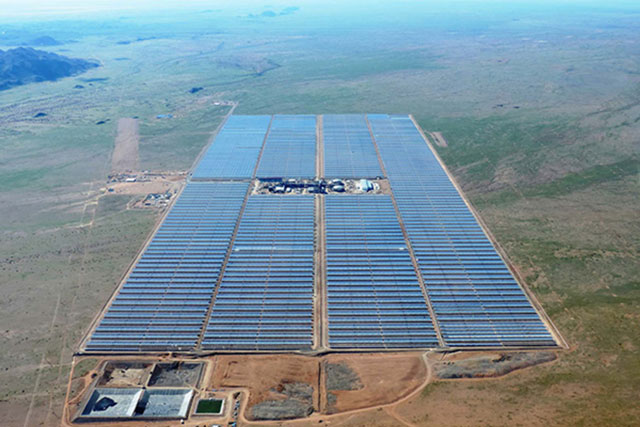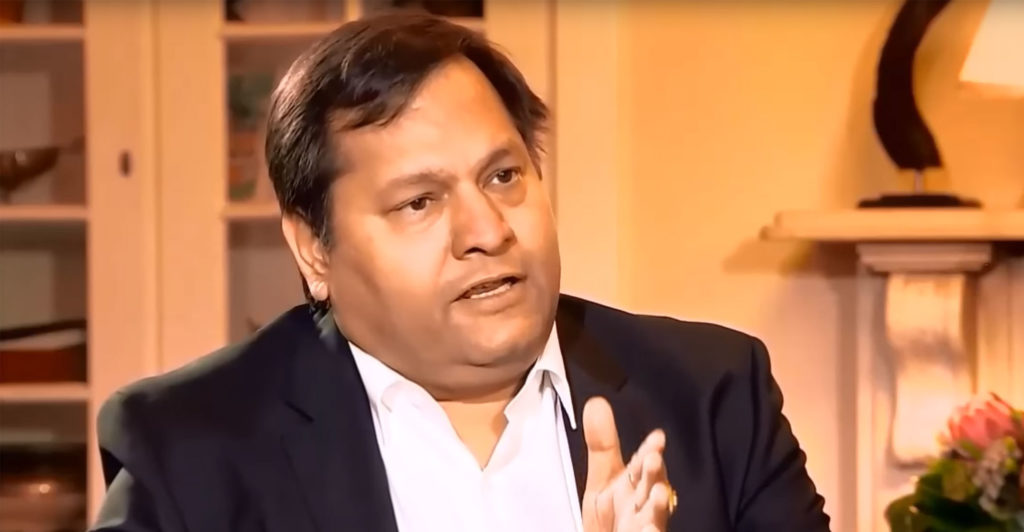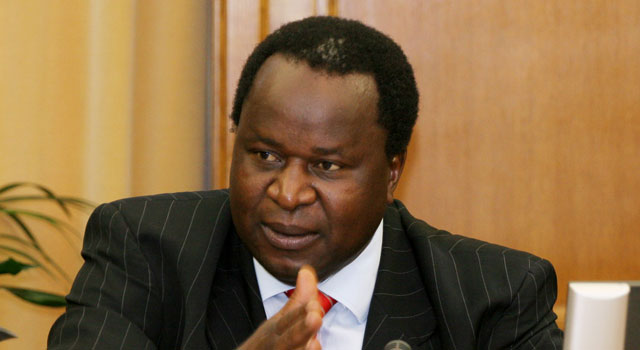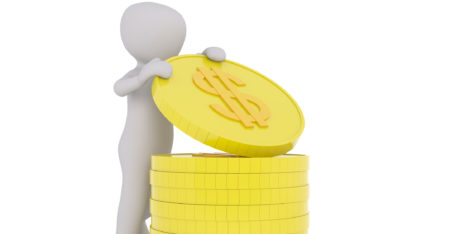
National treasury has allocated R200m to the department of energy for preparatory work to consider the costs, benefits and risks of building four more nuclear power stations in South Africa, it announced on Wednesday.
This comes as environmental group SAFCEI marked its one-year anniversary of protesting outside parliament every week on Wednesday, a few hours before finance minister Nhlanhla Nene’s mini budget speech.
One of the group’s main concerns is the secrecy behind the nuclear programme. However, Nene told journalists on Wednesday that treasury will conduct a “transparent budget process”.
“When the time comes, it will form part of our budgetary process,” he said. “Officials are working closely with department of energy officials to look at proposals and funding models.”
Africa’s most industrialised country has signed agreements with several countries as it starts its Nuclear Build Programme to develop 9,6GW of nuclear energy by 2030. That equates to eight nuclear reactors operating in possibly four different locations.
While the department of energy has dismissed cost estimates of about R1,3 trillion to build these nuclear power stations, neither it nor treasury has given an indication of the programme’s cost.
This is the first cost allocation given to this project and comes as South Africa hopes to finalise its vendors for the programme by the end of the financial year on 31 March 2016.
“Over the medium term, R200m will be allocated (R100m in 2016/2017 and R100m in 2017/2018) and to support preparatory work for nuclear procurement,” said treasury.
Government is revising its integrated resource plan which maps out the country’s future energy mix and includes options for renewables, coal, gas and nuclear power.
Regarding the other energy mix options, coal received a boost in August when the much-delayed Medupi power station started operating its first unit, adding 800MW of energy to the national grid.
Treasury said in its mini budget that the state has built partnerships with the private sector to address the electricity supply gap, making additional capacity available through the renewable energy programme.
As of October 2015, 92 projects had been selected as part of the Renewable Energy Independent Power Producer Programme, which add up to R193bn in private sector investment and will add 6,3GW of capacity to the national electricity grid.
To date, 37 of these facilities have been connected to the grid, supplying as much as 1,8GW of electricity.
The energy department recently issued a further determination to procure another 6,3GW through the renewables programme, which is expected to boost electricity capacity by 17GW by 2022.
However, Eskom put a halt to the process this month with the non-issuance of budget quotes for the programme, which Eskom CEO Brian Molefe said was a temporary measure, adding that “very soon a lasting solution will be found to address this matter”.
Government is expanding the independent power producer programme to include other generation technologies. The electricity regulator has approved 1,3GW of short-term power-purchase contracts in 2015/2016.
An additional 2,5GW of coal, 3,1GW of gas, 1,8GW of cogeneration and 2,6GW of imported hydropower generating capacity is expected to be connected to the grid between 2020 and 2025. — Fin24




